How New Orleans Found Its Rhythm After the Storm
Only six weeks after Hurricane Katrina devastated New Orleans, the city’s spirit stirred once again—this time with music. In what became the first jazz funeral and second line parade post-Katrina, the vibrant tradition of brass bands, drumbeats, and dancing feet reclaimed the streets. The storm scattered families and silenced neighborhoods, but the music—the sound of resilience—would not be lost to Katrina.
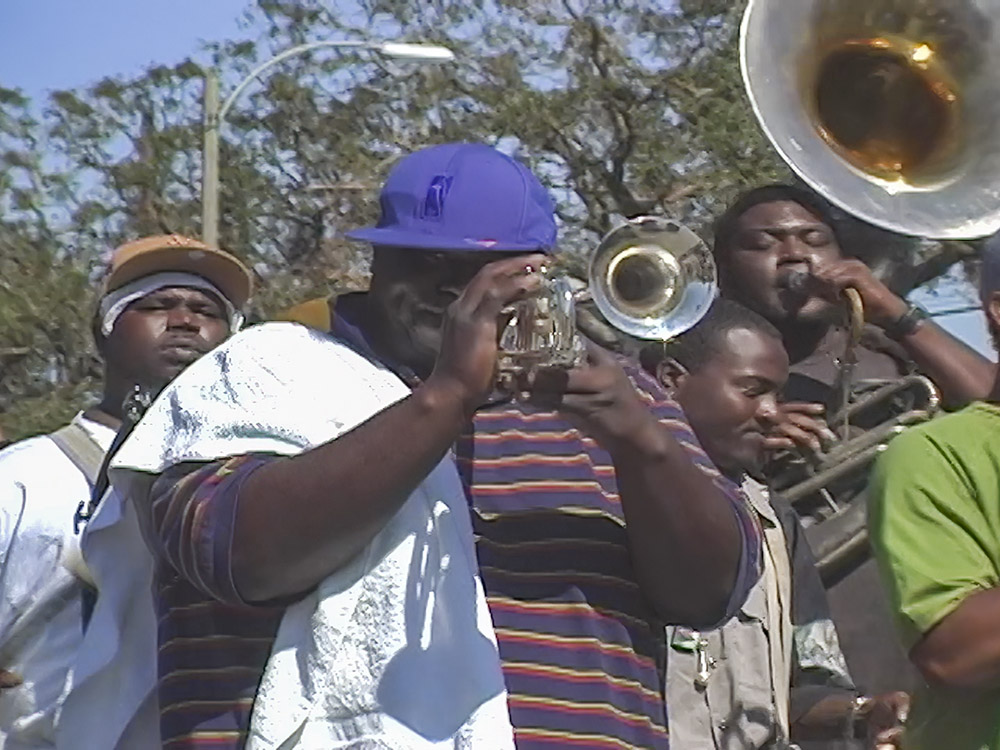
katrina scattered the new orleans music
Musicians fled the floodwaters, settling across the country. Derrick Tabb of the ReBirth Brass Band spent nearly two years in Texas. Richard Anderson, a fellow brass band player, ended up in San Antonio. And Irma Thomas, the “Soul Queen of New Orleans,” found refuge in Gonzales, Louisiana.
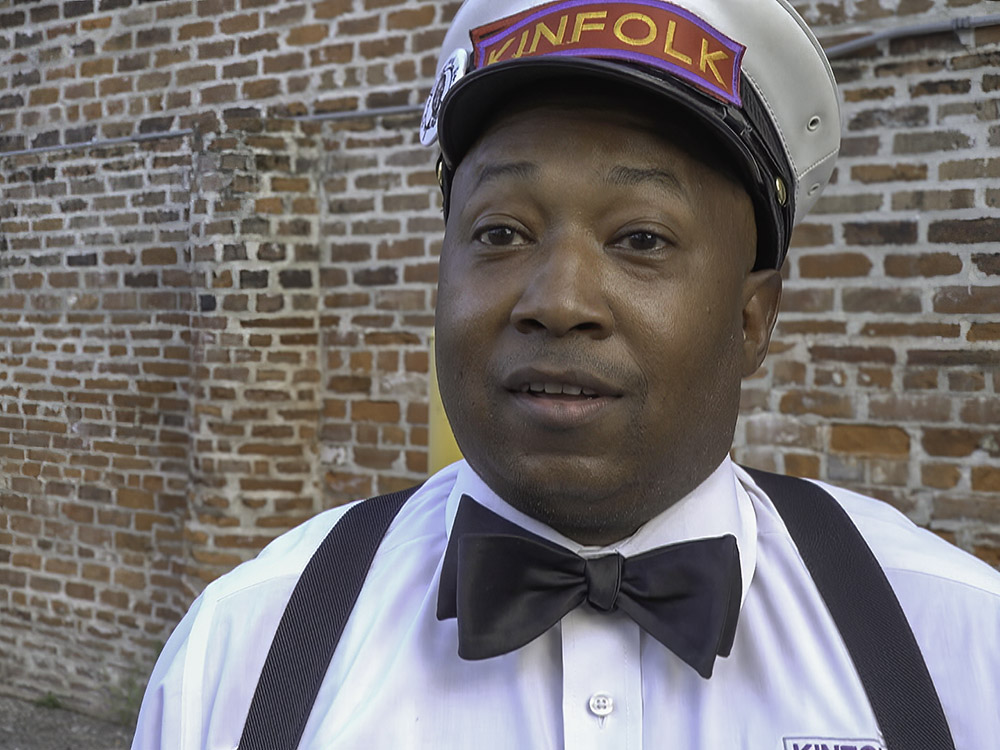
“We just didn’t know what was going to happen, how the city was gonna overcome devastation like that,” Anderson recalled. Yet, Tabb recognized the silver lining: “It sparked life in other places because New Orleans music got noticed and seen and heard by other people… around the country.”
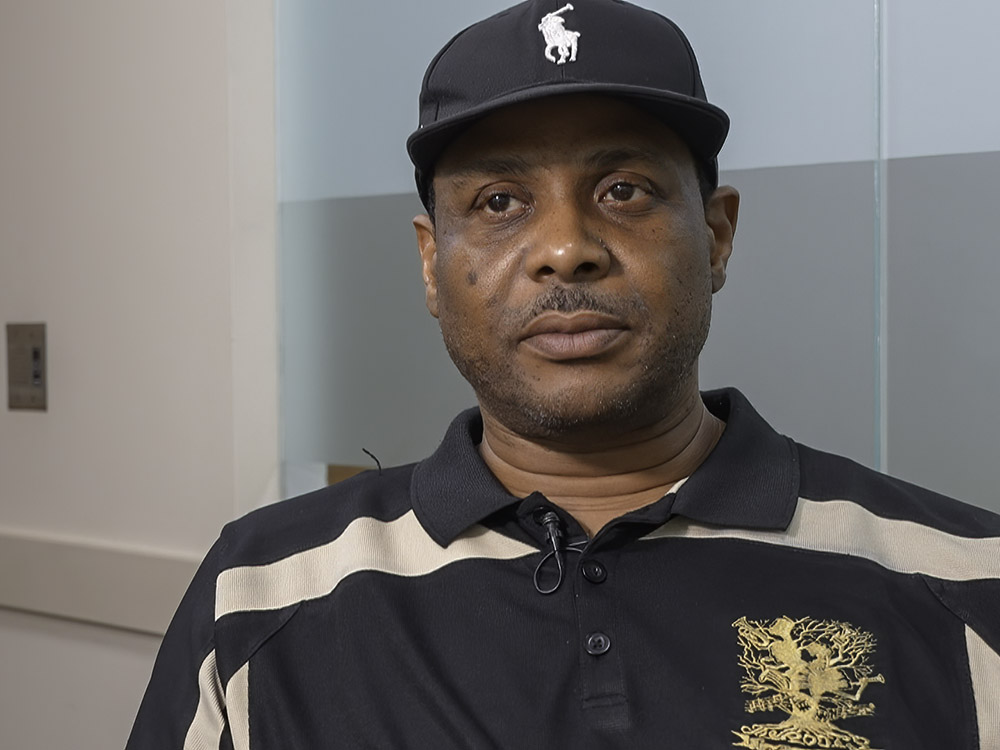
The healing power of music after katrina
Thomas had been preparing a new album before the hurricane hit. When she reunited with her band in the studio, the pre-selected songs took on new meaning. “Most of the songs on that album fit the situation we were in,” she said. One haunting lyric she sang from her living room years later: “Make me down a pallet on the floor, because I don’t have no place to go.”

Her Grammy-winning album After the Rain, released eight months Katrina, gave voice to a city’s collective grief. “I could picture all of the homes… where families… was making pallets on the floor to survive,” Thomas said.
tv feature – the music returns after katrina
Rebuilding Through Rhythm
Tabb and his ReBirth bandmates pressed on. Their first post-Katrina performance took place in Minnesota. “I could just remember playing my drum and I remember crying,” he said. “It was just tears of joy.”
Back in New Orleans, Tabb co-founded The Roots of Music, an afterschool program that’s trained hundreds of young musicians. “I knew that it had saved my life,” he said. “I wanted that for every kid.”
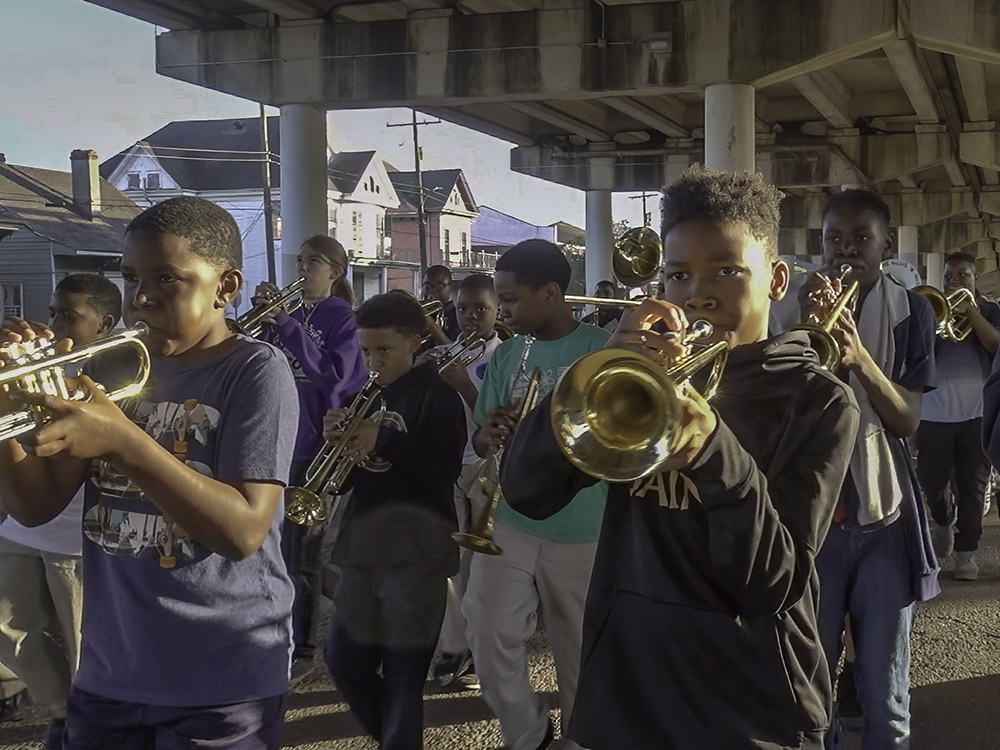
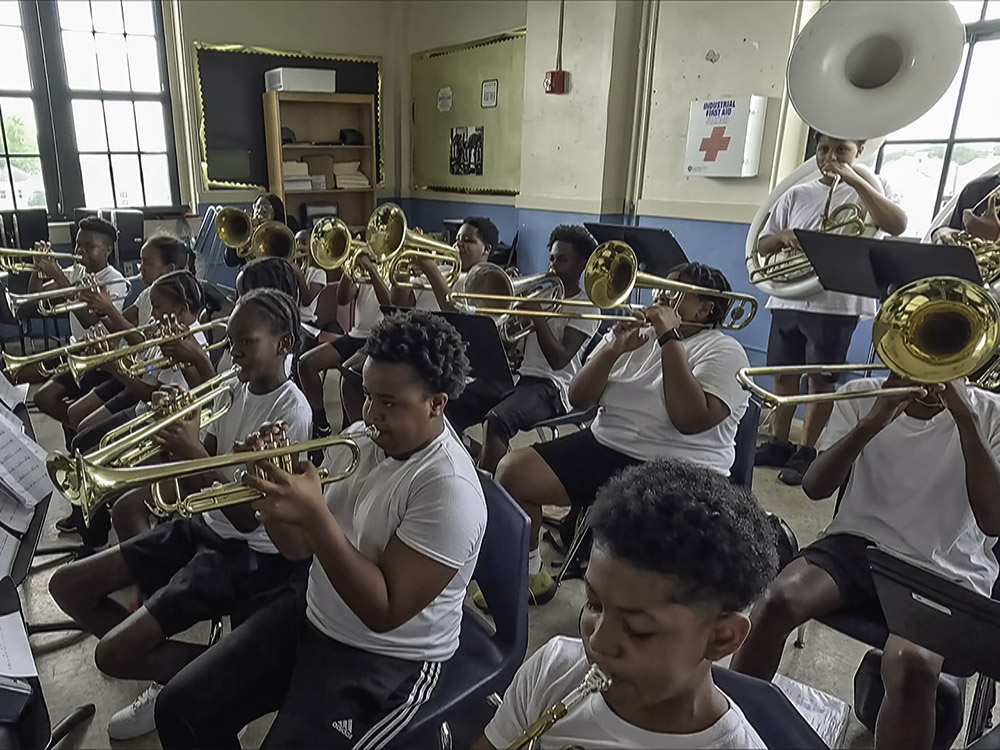
new generations of a never-ending beat
Anderson launched the Kinfolk Brass Band, anticipating a return to celebration. “I knew we were gonna have so much work,” he recalled. Three of his current musicians, including trombonist Lebron Joseph, are Roots of Music graduates.
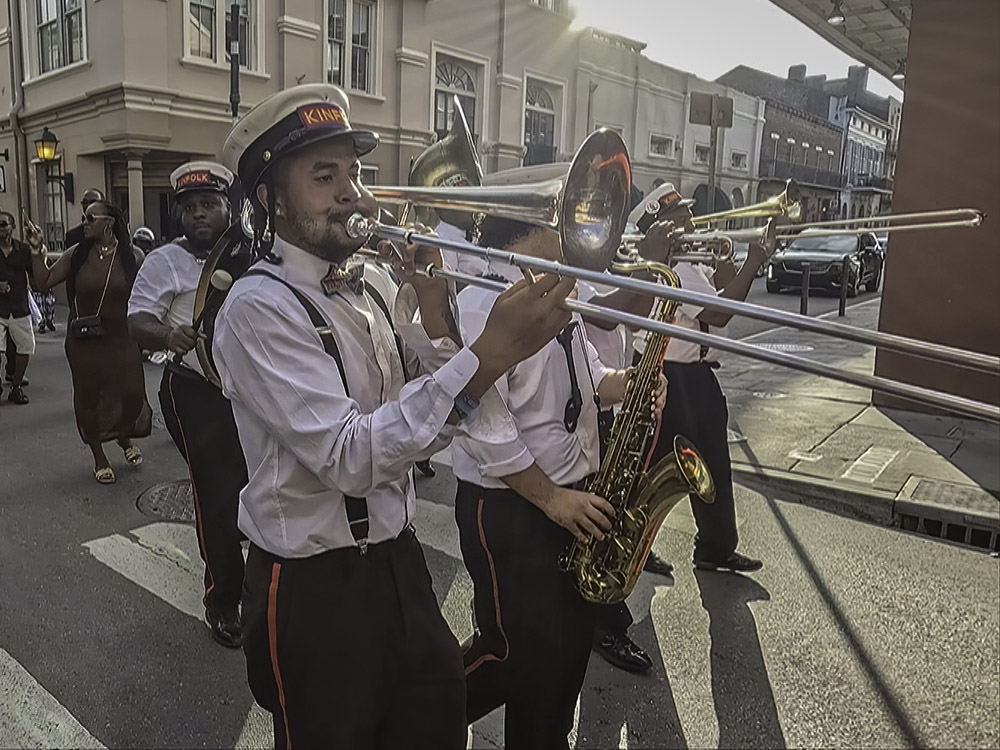
Today, the music that Katrina could not silence echoes through New Orleans second lines, weddings, and conventions. “The phone never stopped ringing,” Anderson said. As Thomas reflects, “Prior to that, we were taken for granted.” Tabb agrees: “Way more vibrant” now. The music survived the storm—rising, resilient, and louder than ever.
get in touch
To contact the Kinfolk Brass Band, click here for the band’s website and contact information.
To get more information on the year-round programs offered by the Roots of Music in New Orleans, click here for the organization’s website, newsletter and contact information.

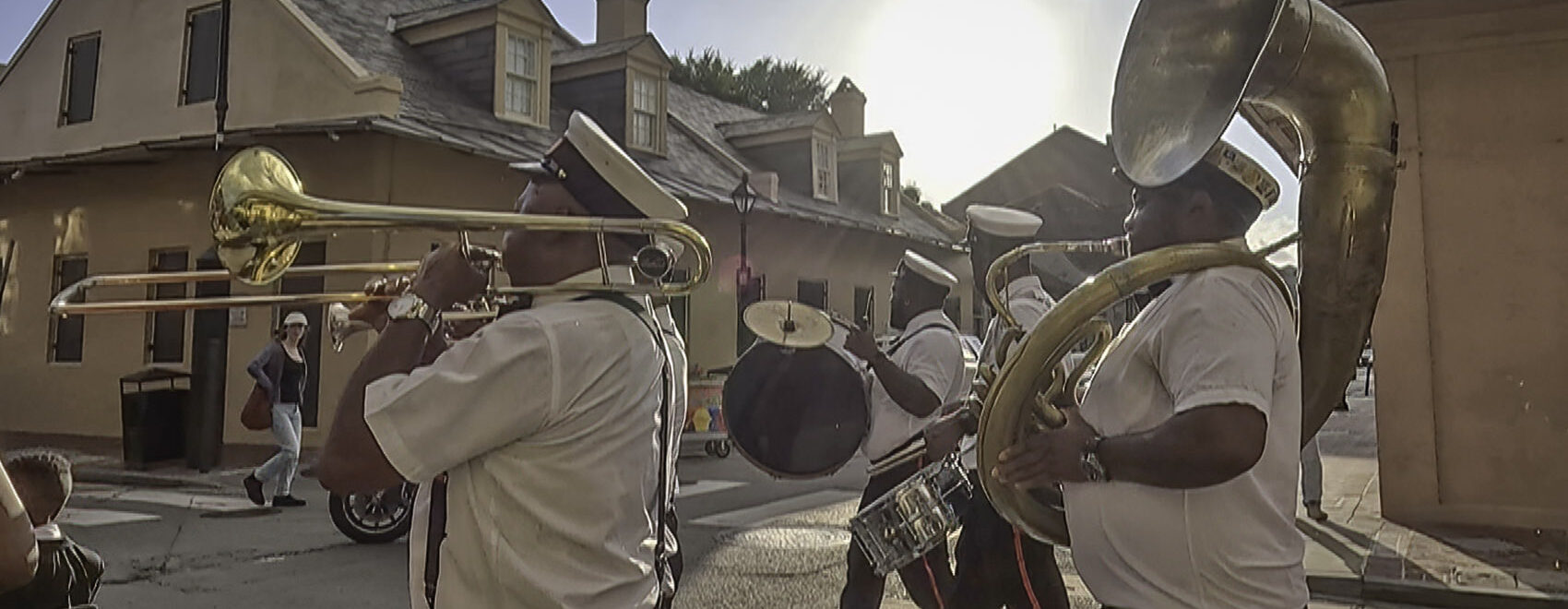
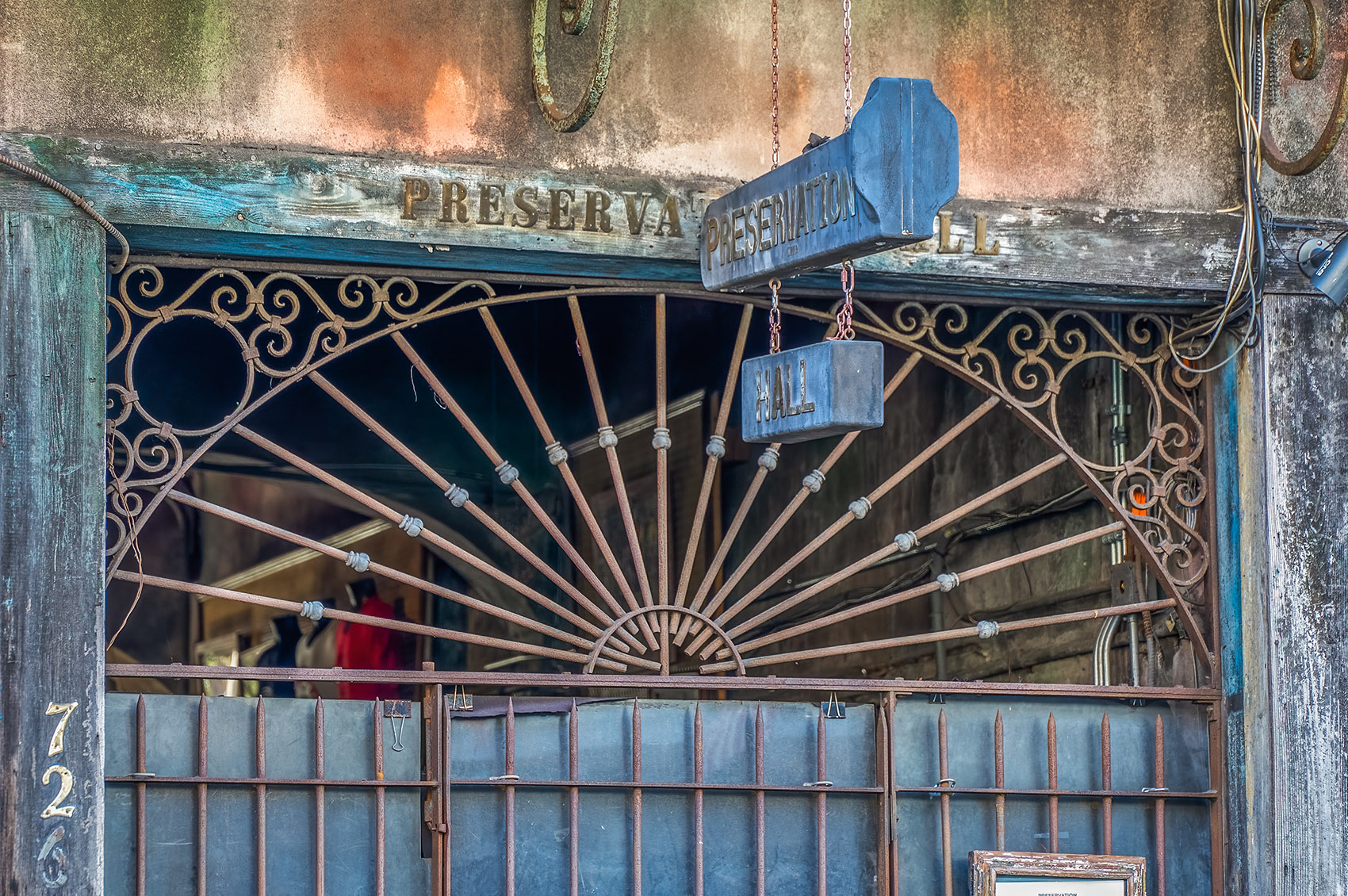
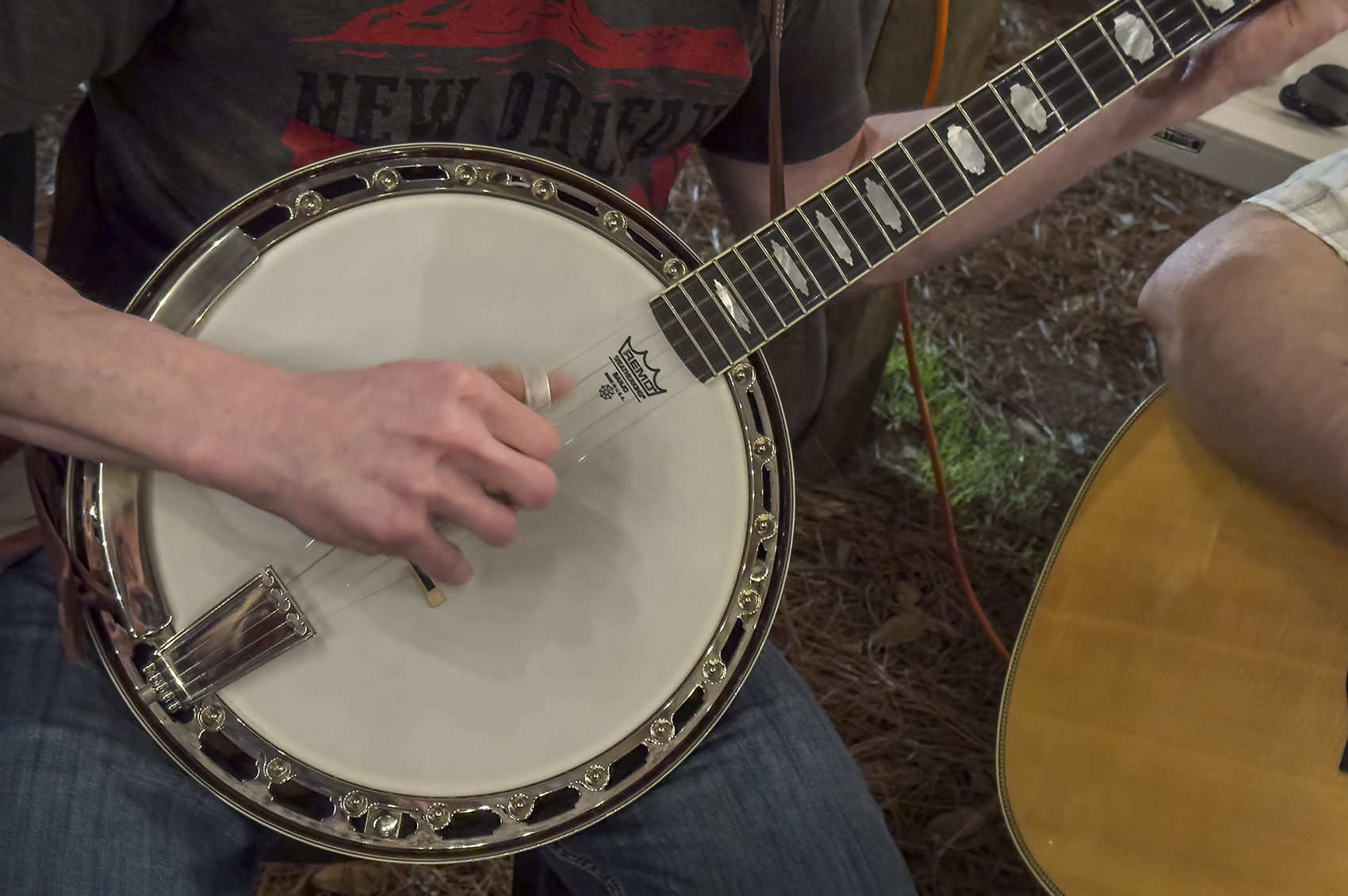

Leave a Reply